SEO is a vast topic.
I’ve written countless articles about SEO over the years.
In fact, if you search for “SEO tactics” on Google, you’ll get over 4 million results.
Almost three out of every four searches start on Google.
And the first five results that show up on Google get 67% of all clicks.
So you can see why SEO is such an important topic.
Thankfully, you don’t need to study the subject for years before you can excel at SEO.
I’m going to show you four quick wins you can easily achieve to boost your SEO.
These won’t take you weeks or months of trial and error. You can uncover these wins in Google Analytics in less than 30 minutes.
But first, let’s make sure that you’ve set up your Google Analytics properly.
Make sure you have the basics of Google Analytics down
Google Analytics has no shortage of reports, tools, and data.
At times, it probably feels like there’s too much.
There are times when all of this data can be downright misleading.
Fortunately, I won’t worry about taking you into the advanced settings of Google Analytics right now.
Today, it’s all about finding those quick wins.
I’m going to give you the critical 20% of the work you can do to boost 80% of your results.
However, to get those quick wins, we first need to make sure that you’ve taken care of your Google Analytics and Google Search Console basic setup.
If you don’t have a GA account at all, you can check out a beginner’s guide on how to set it up.
Step 1: Check your XML Sitemap.
You should have your sitemap registered with Google Search Console to help Google properly analyze your site.
A standard sitemap looks like this:
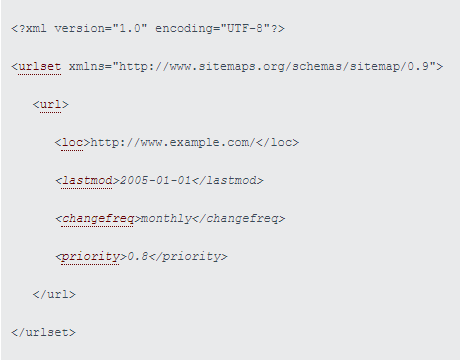
If you use WordPress, you can simply download the Google XML Sitemap plugin.
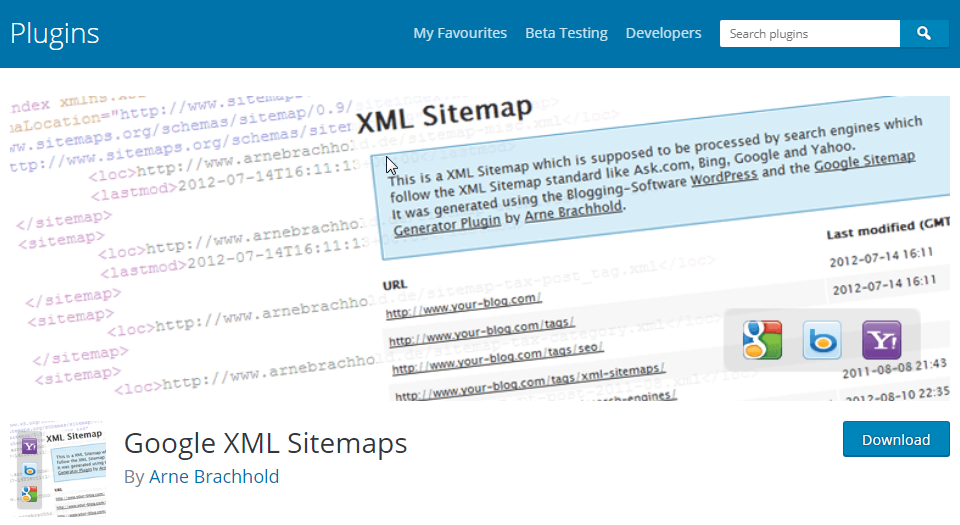
However, just syncing your sitemap isn’t enough.
You need to make sure that Google is reading it properly and that you don’t have any errors.
Indexing errors will skew your Analytics report and make it more difficult for you to capture quick wins.
Next, you need to find out if Google is actually using your sitemap.
Step 2: Make sure Google is crawling your site.
First, you need to log into your Search Console and click the site you want Google to crawl. Then, click “Fetch as Google” in the “Crawl” section.
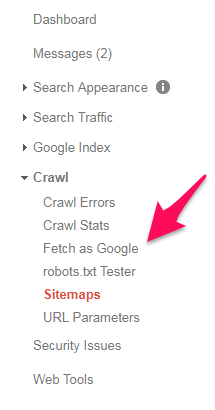
You can then enter the path to the page in the text box.
Select either “desktop” or “mobile” from the drop-down list and click “Fetch.” You should test for both desktop and mobile.
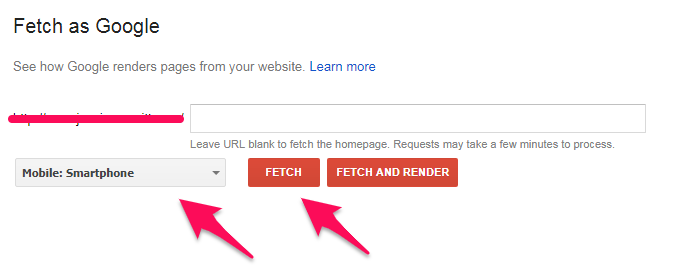
Once it finishes testing, you can request indexing.

This helps you make sure that Google is crawling it. You can also ask Google to crawl all of its direct links.
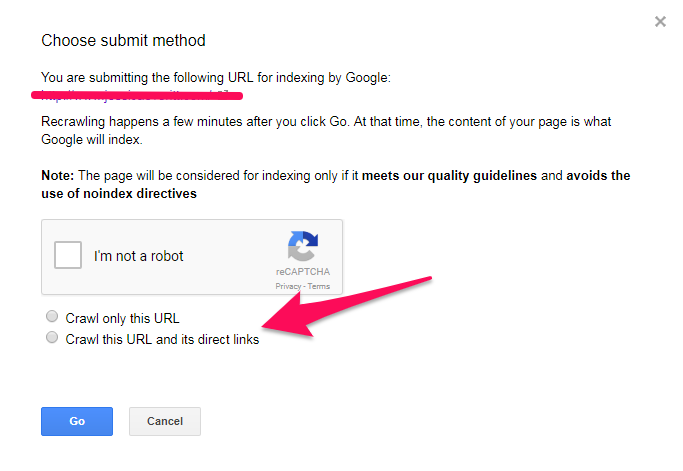
Additionally, you should use Google’s robots.txt Tester tool to see if you’ve correctly set up your robots.txt file for all of the pages you want Googlebot to crawl (or not crawl).
You can even send your own crawler to your site to check it out.
And there are tools like Screaming Frog that can test for you to make sure that Google’s bots won’t run into any errors.

Step 3: Check your indexing.
You can check your indexing in two ways.
Your first option is simply to go to Google and type “site:yourdomain.com.”
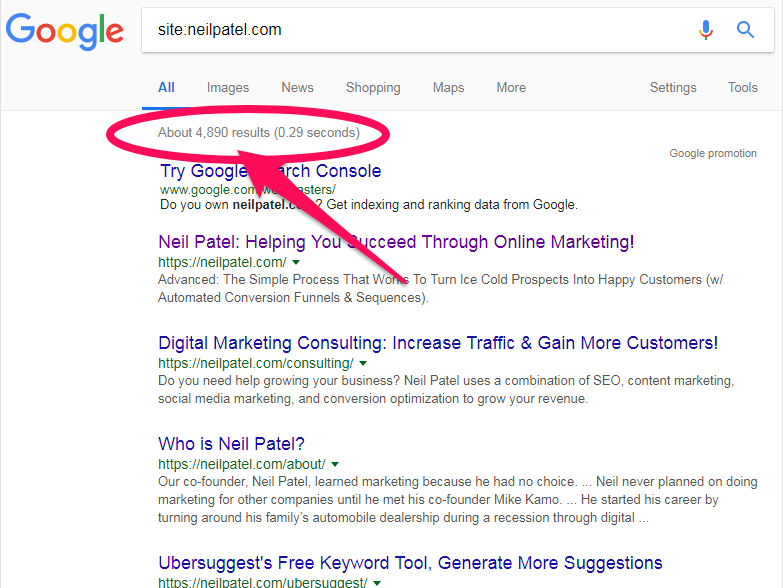
This will instantly tell you how many pages Google thinks your site has.
The second method is to go back to your Search Console and select “Index Status.”
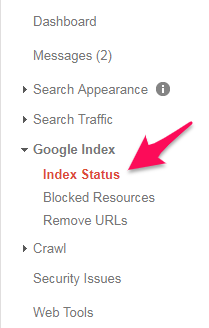
This will also show you the number of pages Google has indexed. (The number you see here should match the number you got from trying the first method.)
If Google is showing fewer pages than you actually have, it means that Google hasn’t yet indexed some of your content and you won’t be able to get any Analytics data on it.
If, on the other hand, Google is showing more pages than you actually have, it suggests that you might have a duplicate content problem.
You can use Screaming Frog or a tool like Copyscape to identify any duplicate content that Google believes you have.
Now that you know that Google is capturing your data correctly, there’s one more piece you should set up to maximize your Google Analytics data.
Step 4: Create some goals.
Google defines goals as measurements for how often people are taking the actions you want them to take.

For example, one of my goals on my site is for people to click the orange button.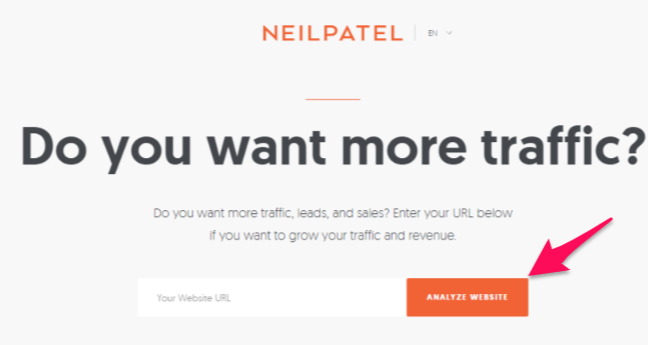
Setting up goals allows you to measure GA data alongside the specific outcomes that are important to you.
To get to the goals section, click the admin tab inside Google Analytics.
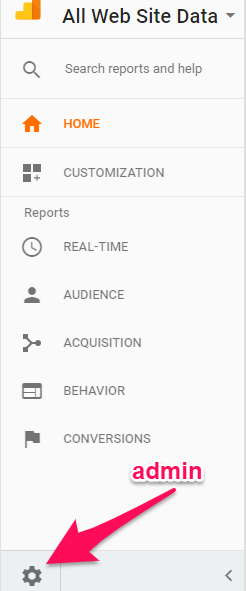
Then, in the column furthest to the right, select “Goals.”
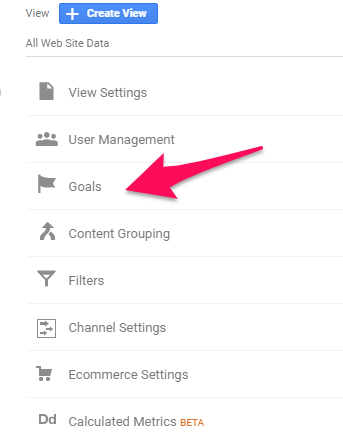
Click the “+New Goal” button.

Now, you can either select one of their templates to start from or choose the “custom” button at the bottom.
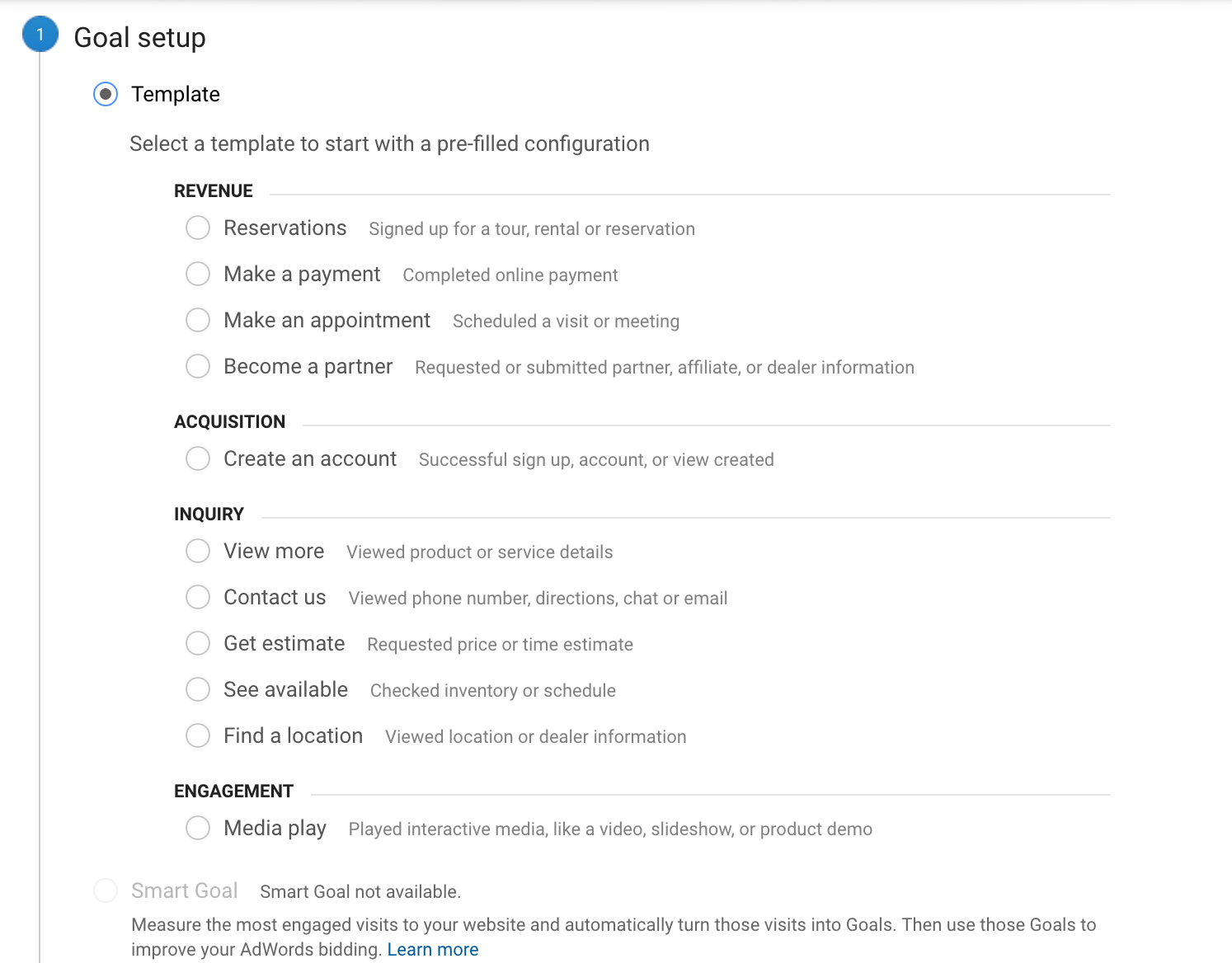
I’ll walk you through a template for now, but Google offers further info on setting up custom goals if you’re interested.
Let’s choose the “Make a payment” template as an example.
Select that option and click “Continue.”
From here, you can name your goal and give it a type.
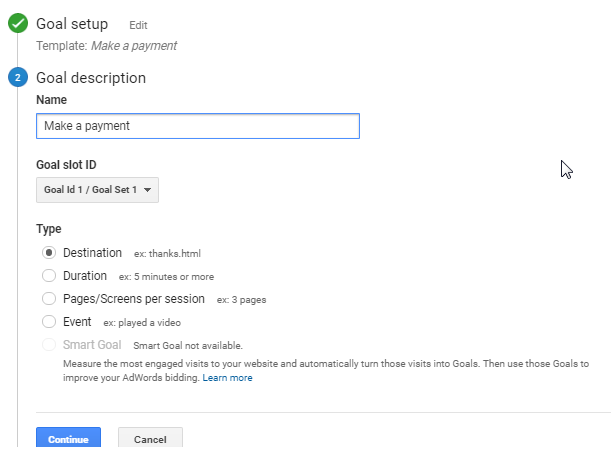
I’ll choose “Destination” and click “Continue.”
Now, enter your checkout confirmation page URL into the bar and keep the “Equals to” option.
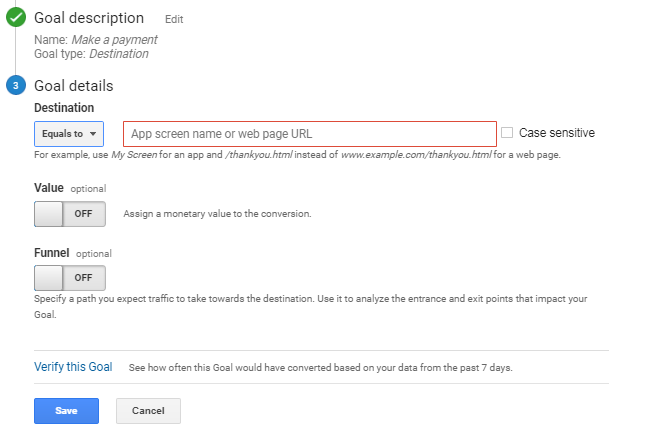
You can leave the “Value” option off but turn the “Funnel” option on if you want your goal to track a specific journey to conversion.
For example, let’s say you only want to track buyers who go from your homepage to a product page, then from the product page to a checkout page, and finally go to a confirmation page.

Be careful when you narrow down funnels, though.
Your funnels will make it so that only buyers who follow those exact steps will count toward this goal.
After you finish this section, click “Save.”
Your goal should now be live, and Google Analytics should be recording them. Congrats!
Now that you have your goals all set up, let’s look at some quick ways that you can boost your SEO.
1. Find your best content
There will be some pieces of content on your site that naturally rank and convert better than others.
Using GA, you can quickly find which pages are performing well so that you can capitalize on them.
Let’s start by looking at how you can find your content that’s converting the best.
There are two ways to go about this.
First, you can look at your attribution path to conversion.
Google offers a number of attribution models so that you can see where your customers came from before converting.
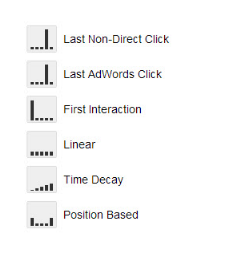
You have to keep in mind that GA’s default is “last touch attribution,” which tends to lie.
If you’re going to use attribution models to identify converting content, then make sure you’re aware of the buyer’s journey.
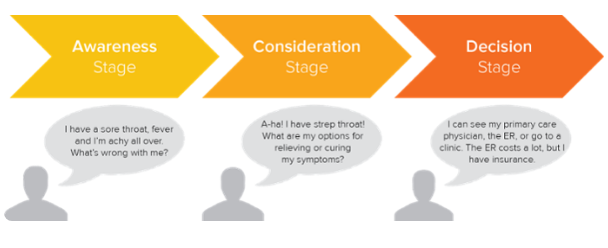
As you can see, it’s rare that only one touchpoint is solely responsible for conversion. Buyers typically go through multiple stages.
With the buyer’s journey in mind, you can use the attribution model that will help you best interpret your data.
The second way to find your best-converting content is by looking up your Reverse Goal Path.
Log into GA and look under conversions in the left-hand menu.
You’ll see a “Goals” drop-down, and underneath that, you’ll see “Reverse Goal Path.”
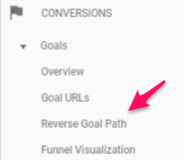
Simply select the goal you want to track. On the right-hand side, you’ll see the previous steps that happened right before someone converted.
It should look like this:

Your confirmation or “Thank You” page is on the far left.
Next to that, you’ll see your purchase page or opt-in page.
Then, to the right of that, you’ll see the pages that brought your traffic to make the purchase.
These will often be landing pages. However, you may also see other pages or posts on your site that have strong calls-to-action.
You want to focus on funneling people to the pages in the right-hand column when they’re in the “ready to buy” portion of the sales funnel.
Now that you know that this content is helping conversions, you want to promote it to boost the traffic to those pages.
You can also create more internal links back to those pages to help direct your site visitors to that content.
This is a great approach to help you increase your conversions. But your best-converting content may not be your best-ranking content.
Here’s how you can quickly find your top-ranking content.
In the GA left-hand menu, select “Acquisition,” then “Search Console,” and finally “Queries.”
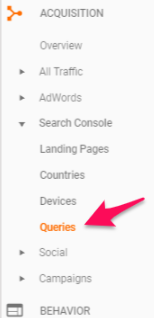
This will show you all of the keywords that pages on your website currently rank for on Google.
You can see which pages correspond to which query or keyword and which page they currently rank on.
You should identify any pages showing up on page one and note which keywords they are ranking for.
This allows you to do two things.
- If the keywords and content complement one of your top-converting pages, make sure you provide a link and a CTA on the high-ranking page to help draw people over to convert.
- Add more internal links to your high-ranking pages to and from other content to help boost its rankings.
2. Help out your lower ranking content
The method I showed you above will help you identify your best content. Now, here’s some good news:
You can use this same method to help you find your second-best content, too.
Why would you want to do this?
Because updating and improving your old content to boost its rankings can be a quick way to improve your SEO.
Unbounce stopped publishing for two weeks in order to go back and update their old content.
Their efforts paid off with 275% more conversions from their 17 highest-traffic posts.
But, if you have a lot of content, how do you pick which posts to focus on?
That’s where Google Analytics comes in.
It can help you find your content with the best potential to perform considerably better with a relatively small amount of work.
You want to keep in mind that there’s a huge difference between page one and page two of the SERPs.
At the beginning of this post, I shared with you that the first five results get 67% of all clicks.
On the other hand, if you end up on the second page of Google, you’re going to get less than 6% of clicks.
So, what does this mean?
It means that the most worthwhile content to focus on is stuff that’s near the top of page two. If you can push it onto the first page, you can expect to see a big jump in traffic from it.
To pinpoint that content, go back to your query page in GA.
Then, click on the “advanced” option and set the “Average Position” to “Greater than 10.”

Save the results, and you’ll see all of your content that’s currently hanging out beyond page one.
Now, if you have a lot of content sitting on page two, narrow it down to the ones with the most impressions.

You can also pinpoint all of the potential long-tail search queries that might be sending traffic to the same page.
Now, what do you do about it?
First, refer back to the last strategy. If you have high-ranking content that naturally complements content on page two, then make sure you link the two pieces of content together.
You should also refresh the content and follow the right steps to optimize it, such as:
- Make sure that you’ve optimized all of your content for mobile
- Gain quality external backlinks
- Boost engagement with social shares and comments
- Improve your visuals
Make sure you’re targeting the top-ranking factors:
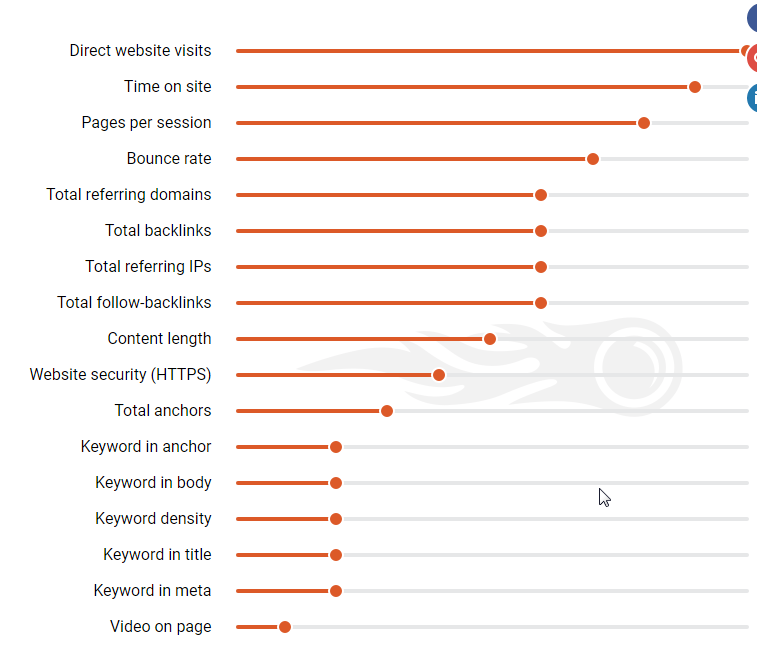
If this looks overwhelming, don’t worry. Just focus on the basic, quick wins for SEO.

After all, you’re already on page two, not page ten. That means that you’re on the right track.
Just do a little extra to get your content out of the graveyard.
3. Reduce abandonment on high-traffic pages
Site-wide bounce rates are too broad to provide any use. They’re simply vanity metrics.
Bounce rate will vary according to industries, geographies, user demographics, devise usage, and many other factors.
Bounce rates for blogs tend to be higher than for e-commerce pages.
So, how do you figure out what’s causing abandonment?
Well, you first want to focus on fixing the pages with the most traffic since they’ll have the biggest impact.
Start by pinpointing your high-ranking pages that are bringing in lots of search traffic.
Then we can identify which of those valuable pages are failing to convert your visitors into your customers.
You can do this by looking in your GA account.
In the left-hand menu, under “Behavior,” click on “Site Content” and then “All Pages.”
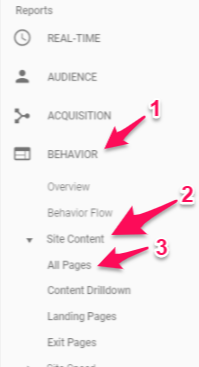
If you just want to look at landing pages, you can do that too. But right now, we’re going to stick with all pages.
Once you’re in there, click on the “advanced” option.

Now make sure that your primary dimension is “Source” and then choose sources containing “Google / organic.”

This will make it so that your results will only show the top-performing pages you have coming directly from organic Google search results.
It excludes all paid campaigns and any results that are getting big traffic due to social media efforts or other advertising efforts.
Now, when your results populate, you want to sort them so that the highest traffic pages are at the top.
Remember: these are the biggest and quickest wins, so they’re where we want to focus our attention first.
In the columns furthest to the right, you can see the “Bounce rate” and the “% Exit” for each of your highest traffic pages.

The average bounce rate is just over 58%.
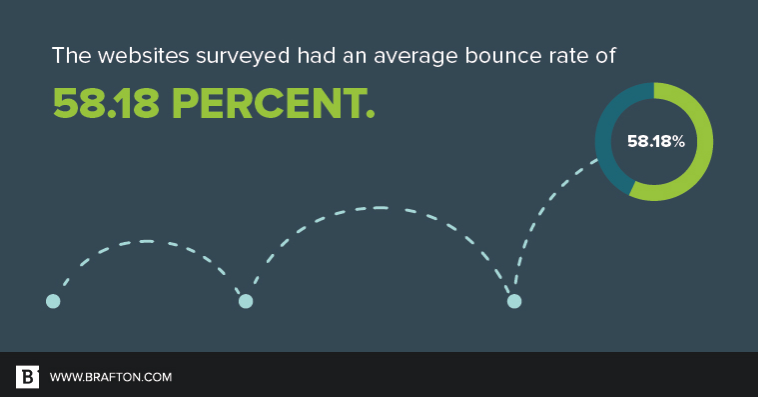
If you’re seeing higher rates, don’t panic just yet.
Remember that a lot of things can impact bounce rate. The average varies across business type and industry.
If you’re a blogging management consultant site, you should expect a bounce rate that’s higher than the average.
On the other hand, a financial services e-commerce site should have a lower-than-average rate.
Rather than worry too much about your exact number, just focus on your highest rates.
Particularly, focus on pages that have both a high bounce rate and a high exit percent.
Those two metrics combined are a good signal that your page isn’t doing a great job of matching searcher intent.
Check the obvious problems first:
- Is your content outdated?
- Is it easy to read with lots of relevant visuals and white space?
- Have you optimized it for mobile?
- How long does the page take to load?
- Is the page too brief to sufficiently answer the topic?
Also, consider the keywords your page is ranking for.
Do any of them have a double meaning?
If your page is ranking for a keyword that can mean more than one thing, this could create a high bounce rate.
If this is the case, make sure your meta tag is very clear about what your content is about.
There are lots of ways that you can use GA to slice and dice your bounce rate further to better understand what is causing it.
However, another quick method is to do some testing to see exactly why people are leaving these high traffic pages.
You can start by using a heatmap.
Heatmaps like those from Crazy Egg, allow you to see where visitors are clicking on your site.

You can also use them to see which content your visitors have scrolled through.
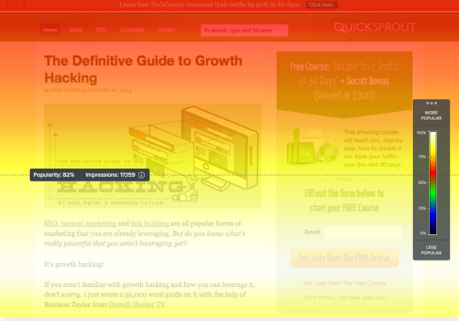
These can help you pinpoint what people are paying attention to and which content they touched right before they bounced.
Another way to lower your bounce rate is by A/B testing.
You can use A/B tests and an A/B test calculator to help you identify which changes are helping to decrease bounces.
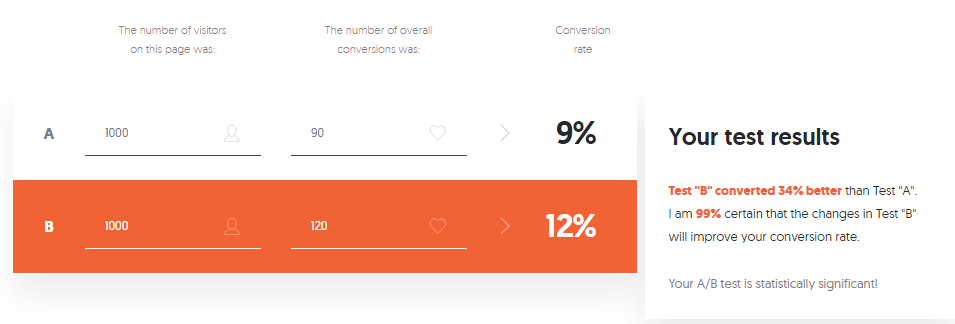
Some things you may want to A/B test include:
- Color of your CTA buttons
- Position of your CTA buttons
- Images
- Headlines
- Subheadings
- Phrases on your navigation bar
- Number of form fields required
- Length of product trials
- Time-sensitive bonus offers
4. Pinpoint and improve your mobile conversions
Google now uses mobile-first indexing.
Mobile is getting the priority on SERPs.
There’s no real wonder to this since the use of mobile is continuing to grow.
Check out device usage on a regular work day:
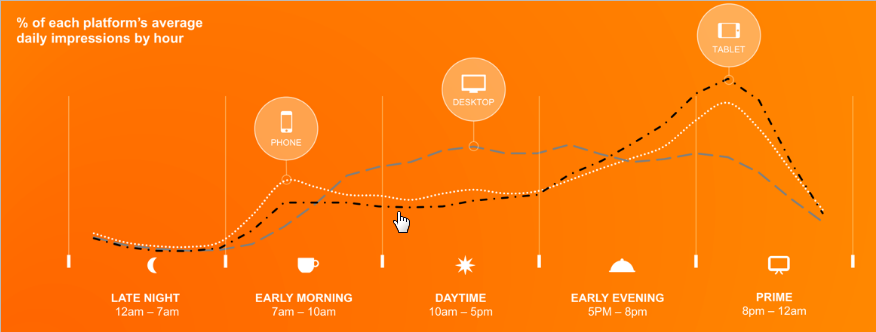
Tablets and phones are dominating the traditional “out-of-office” hours.
But look at this concerning research from Monetate.
Smartphones are responsible for over 51% of website visits.
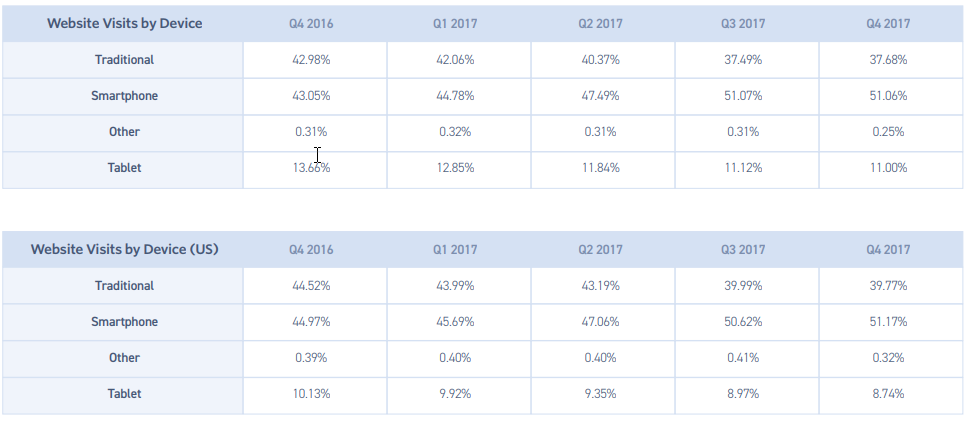
But their conversion rate is less than half of the rate for desktop users.
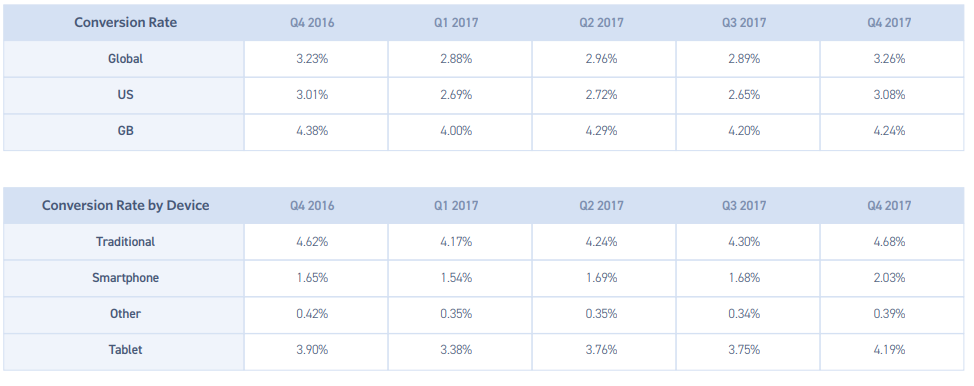
Most of your site visitors are mobile, but they’re less than half as likely to convert as your desktop users.
So, what can you do about it, and how can GA quickly help?
First, log into your GA account and look under the “Audience” section in the left-hand sidebar for mobile.
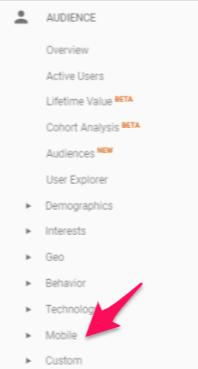
Expand it and select “Overview.”

This will give you some information on how your site is performing on mobile devices.

On the far right-hand side, you can select a goal completion for GA displayed next to your mobile performance breakdown.
Then, you can see the difference in conversion rate and total goal completions during that period.
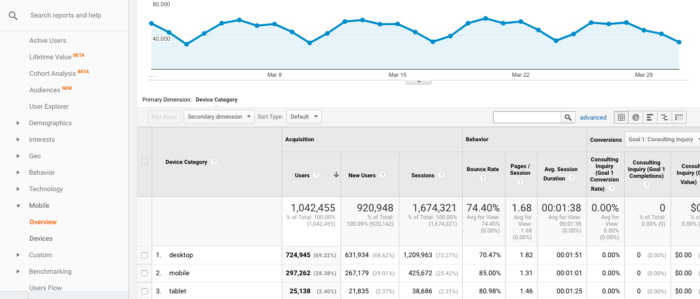
Now you can clearly see if there’s a quantifiable difference in how your mobile site performs versus your desktop site.
Chances are, based on the study above, you will see it converting less. On average, it will convert around 2% less if you exclude tablets and isolate smartphones.
What can you do about it?
You need to make sure that you optimize all of your content for mobile.
Take a look at these two examples:

Focus on these ten ways to improve your SEO by improving the mobile experience:
- Use Accelerated Mobile Pages (AMP) markup
- Implement schema markup
- Choose a responsive web design
- Compress images
- Remove Flash
- Use a heatmap on the mobile version of your site to check for differences from desktop
- Check out Google’s repository of info for improving the mobile experience
- Make sure your mobile site is blazing fast
- Tag posts based on mobile searches
- Remove pop-ups from your mobile site
For quick wins, focus on improving the content that Google Analytics tells you is already getting mobile traffic.
In particular, focus your attention on those pages with high bounce rates on mobile devices.
Conclusion
Improving your SEO doesn’t have to consume all your time and energy. But too often, we make it more difficult than it needs to be.
We overcomplicate it or worry about things outside of our control instead of focusing on what’s actionable.
Focus on these quick and easy Google Analytics tips to pinpoint simple SEO fixes you can make right away to boost your performance today.
Optimize your best content.
Try to increase the rankings of page-two content to push it over onto page one.
Focus on decreasing your bounce rate on your high-traffic pages.
Finally, focus on mobile traffic and optimization.
What fast wins have you gotten out of Google Analytics?

















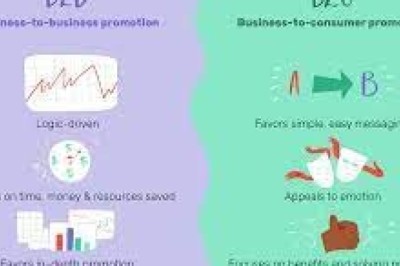


Facebook Conversations
Disqus Conversations